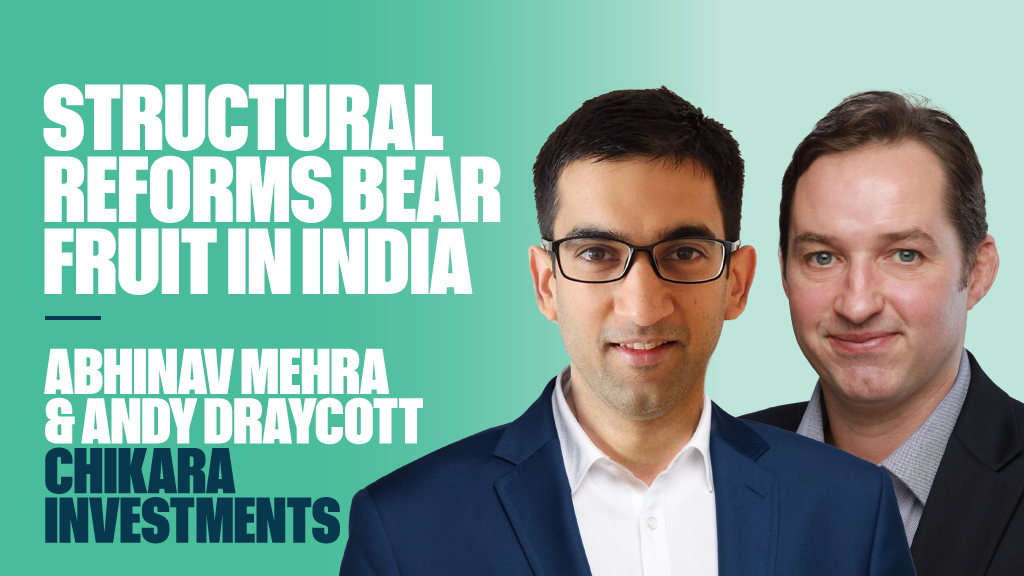According to a new quarterly report from Natixis Global Asset Management’s portfolio research and consulting group, which analysed 126 model risk-rated portfolios managed by UK financial adviser and wealth management firms over the last three months of 2014, “In a great majority of cases, there was good alignment between advisers’ stated and achieved risk levels.”
However, the group added there were a number of inconsistencies in risk levels among different firms.
According to James Beaumont, head of the portfolio research and consulting group, while it is no surprise that as risk bands increase, there is a greater possibility of higher return and volatility: “the extent of the crossover between the different categories has highlighted one of the potential issues with model portfolios from a client’s point of view, as what one firm calls a moderate portfolio might be another’s idea of aggressive.”
The implication of this, Beaumont added, is that it becomes ever more crucial to be as transparent as possible about exactly how much risk they are taking.
This is why it is crucial to be as transparent as possible with clients, so they are taking the level of risk that they expect,” Beaumont added.
The other anomaly Natixis noted in the report was the lack of diversification at the aggressive end of the portfolios.
According to the firm, alternative investments accounted for 24% of average assets in conservative portfolios, but only 6% in aggressive portfolios.
“By avoiding volatile but uncorrelated alternatives, advisers are placing their hopes for diversification in different equity sectors,” the firm said.
But, it added, its analysis demonstrates that such faith in geographic diversification is not always justified.
“Diversification is clearly possible by picking uncorrelated managers, but advisers need to look hard to find them. It’s important that advisers look at the correlation between new and existing managers within their portfolios, to ensure that they get the most out of diversification,” Beaumont added.











